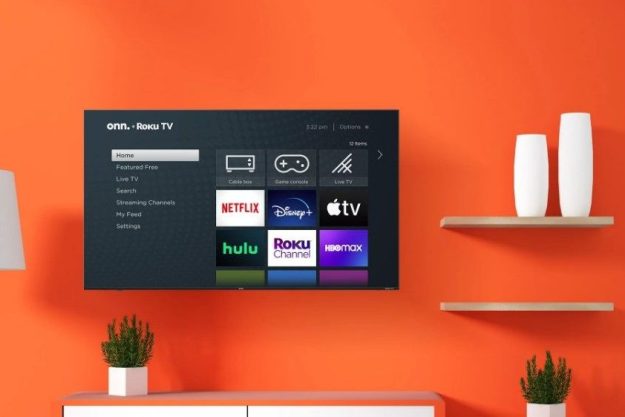If you’ve ever worn a set of over-ear headphones during winter weather — especially like the kind that half the country is being hit with this week — you’ve probably noticed they keep your ears surprisingly warm. They can do this even if headphones no longer work as actual headphones, and that led William Petz to come up with a novel idea: What if, instead of discarding broken headphones and thus creating a lot of e-waste, we turned them into actual earmuffs and donated them to those who need that extra warmth the most?
Petz’s idea isn’t quite as random as it seems. He’s the CEO of Quiet Events, a company that rents out wireless headphone systems for parties and events. The company operates in a variety of international locations including some that experience cold winter temperatures like New York, London, Ottawa, Vancouver, and Tokyo. Over time, loaning out the LED-lit headphones can cause a lot of wear and tear, some of which can’t be affordably repaired. The New York City office alone has over 1,000 headphones that are effectively useless for the business.

The question of how to responsibly deal with these devices has nagged at Petz for a while. “We were talking about cleaning up our offices and struggling to throw the headphones out for years,” Petz told Digital Trends via email. Initially, Petz had hoped to donate the broken cans to technical schools in the area, figuring they may want to try repairing them or repurposing some of the built-in electronics, but nothing came of his offer. The next idea was to donate them to kids on the Autism spectrum, but given the
Then this past weekend, Petz had a new thought: Convert the headphones into earmuffs and donate them to the homeless. Over the course of three days, that thought became a plan and Petz has now launched a GoFundMe campaign to get some help with the execution.
Turning
To do that, Quiet Events needs to source fabric, cut it into circles, then sew an elastic band inside so they can go around the existing ear cushions. Knowing this won’t be easy, Petz has even reached out to some knitting groups to see if they’d like to chip in. He points to this doorknob cozy on Etsy as the kind of thing that might work.
Getting the headphones turned into workable earmuffs is the first challenge, but there’s also the question of distribution. “With the GofundMe page, the thought was to get enough money to pay someone who is out of work now to help put this all together,” Petz said. Coordinating with homeless shelters and the potential creation of a street team to hand the earmuffs out in the subway system might also work. Petz is also wide open to other suggestions from the community.
A harder problem to solve could be the e-waste that Quiet Events is trying to avoid. How do you ensure that the folks who get these repurposed headphones don’t end up throwing them out as soon as the weather warms up? Petz acknowledges this reality but remains hopeful. “Maybe they’ll keep them as an essential part to keep warm during the cold nights and for next winter.”




